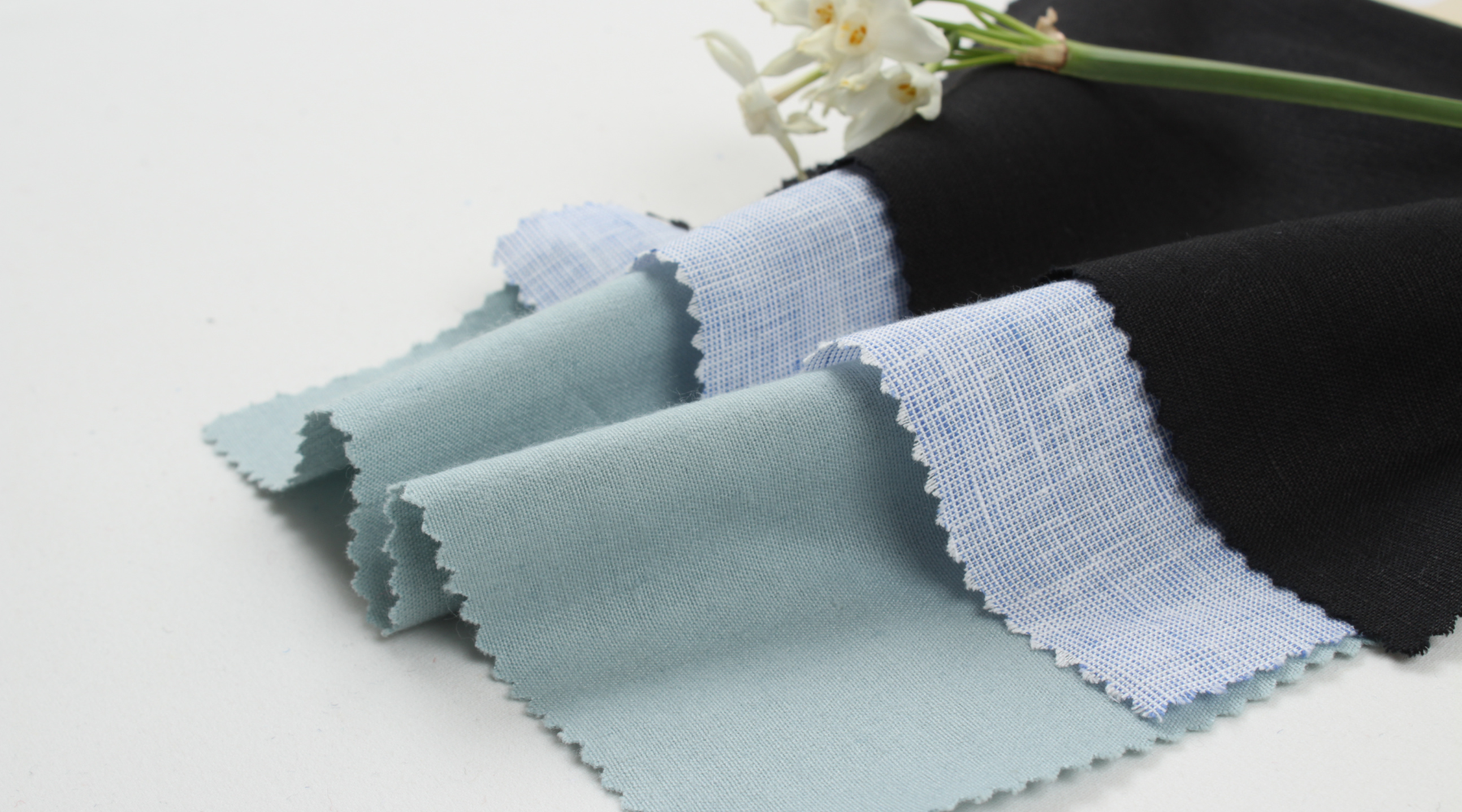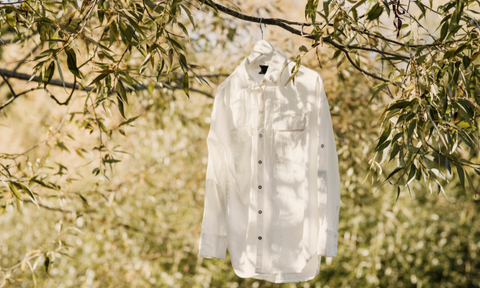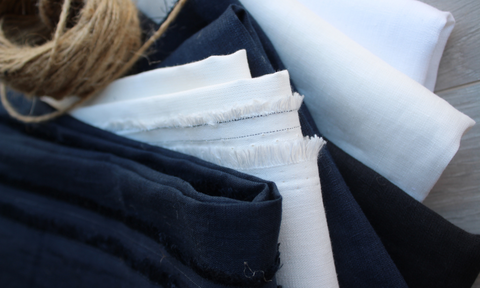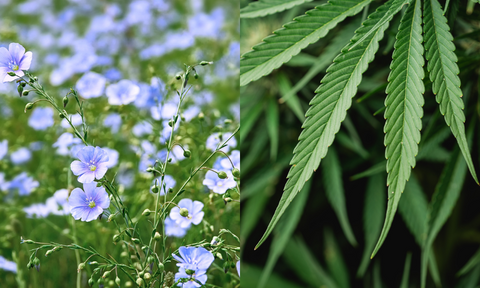
Natural Fibers: A Comparative Exploration of Linen and Hemp Fabrics
In this blog, we will explore the characteristics and attributes of two natural fabrics – linen and hemp. Both materials have distinct qualities that make them appealing in various applications. From their sources and textures to their environmental impact and common uses, we will compare linen and hemp to help you make informed choices based on your preferences and values.

LINEN FABRICS
Linen fabrics, derived from the flax plant, are celebrated for their timeless elegance and natural appeal. Flax cultivation is environmentally friendly, requiring less water and pesticides compared to other crops. Linen fibers are known for their breathability, providing coolness and comfort, particularly in warmer climates. The fabric possesses a unique texture that becomes softer and gains a relaxed appearance with each use. Linen is highly absorbent, efficiently wicking away moisture, and has natural antibacterial properties. Widely used in clothing, beddings, and tablecloths, linen exudes a classic, crisp look that aligns with both casual and formal settings. Opting for linen promotes sustainability, as it is a biodegradable and renewable resource.

HEMP FABRICS
Hemp fabrics have gained popularity for their sustainability and versatility. Derived from the cannabis plant, hemp cultivation requires minimal water and pesticides, making it an eco-friendly choice. Hemp fibers are known for their strength, durability, and resistance to mold and UV rays. The fabric has a slightly coarse texture, softening over time with each wash, providing a comfortable and breathable feel. Hemp fabrics are excellent for moisture-wicking, ensuring comfort in various climates. Beyond clothing, hemp is used in textiles, accessories, and even industrial applications. Choosing hemp supports environmentally conscious practices, as it is a renewable resource with a lower ecological footprint compared to many conventional fabrics.

LINEN VS HEMP FABRICS
Explore the distinctive qualities of linen and hemp fabrics through this comparative table. From source and texture to sustainability and uses, discover the unique attributes that define these natural fibers.
| Attribute | Linen | Hemp |
| Source |
Derived from the flax plant |
Sourced from the cannabis plant |
| Texture |
Soft and breathable |
Durable with a slightly coarse texture |
|
Environmental Impact |
Moderate; requires less water than cotton |
Low; thrives with minimal water and pesticides |
| Sustainability |
Generally sustainable, but varies with farming practices |
Highly sustainable, as hemp is resilient and grows rapidly |
| Durability | Moderate | High; hemp fibers are stronger |
| Comfort | Smooth finish | Sturdy and may feel slightly coarse |
|
Moisture- Wicking |
Excellent | Excellent |
|
Anti-Bacterial Properties |
Present | Present |
|
Common Uses |
Clothing, beddings, and tablecloths | Apparel, accessories, and industrial applications |
|
Appearance Over Time |
Softens and gains a relaxed appearance with use | Retains its durability and may soften over time |
| Eco-Friendly | Considered eco-friendly, but varies with farming practices | Highly eco-friendly, requires fewer resources |
|
Personal Preference |
Ideal for those seeking a softer feel | Suitable for those prioritizing durability and sustainability |

CONCLUSION
In conclusion, whether you prioritize the soft, breathable elegance of linen or the robust sustainability of hemp, both fabrics offer unique benefits. The decision between linen and hemp ultimately depends on individual needs, comfort preferences, and environmental considerations. Embracing these natural fibers not only caters to personal style but also contributes to a more sustainable and eco-friendly approach to textiles. As consumers increasingly seek greener alternatives, understanding the nuances of fabrics like linen and hemp becomes crucial in making conscious and informed choices. Discover our sustainable linen and hemp fabrics!
